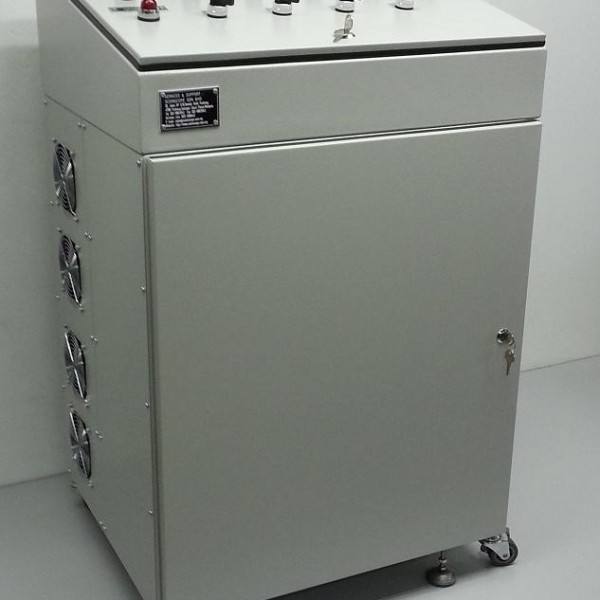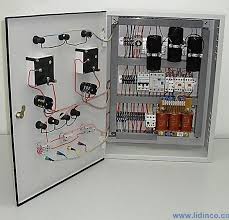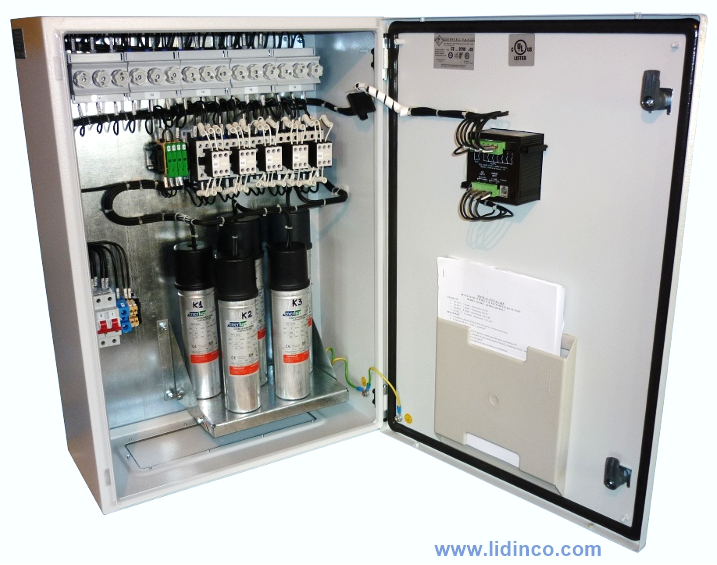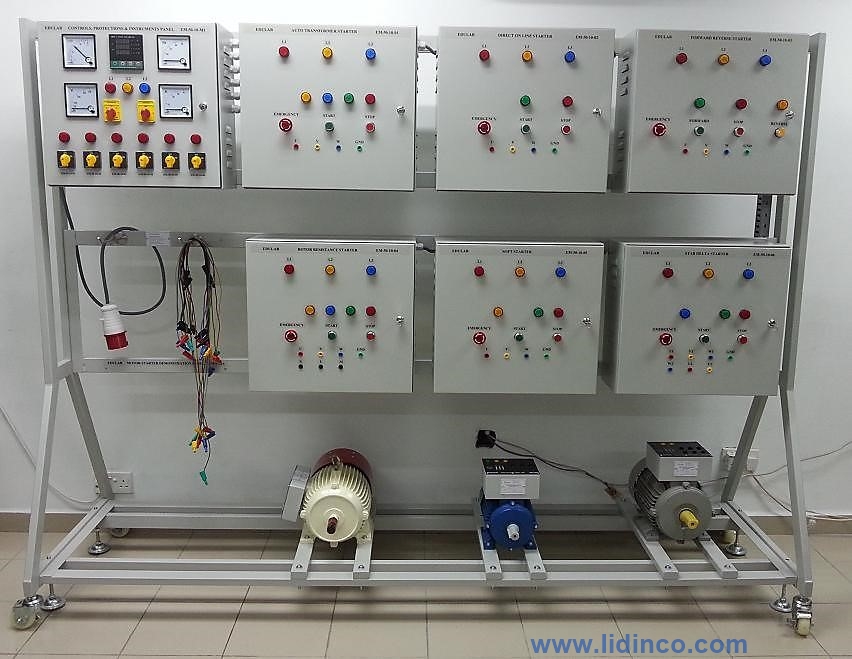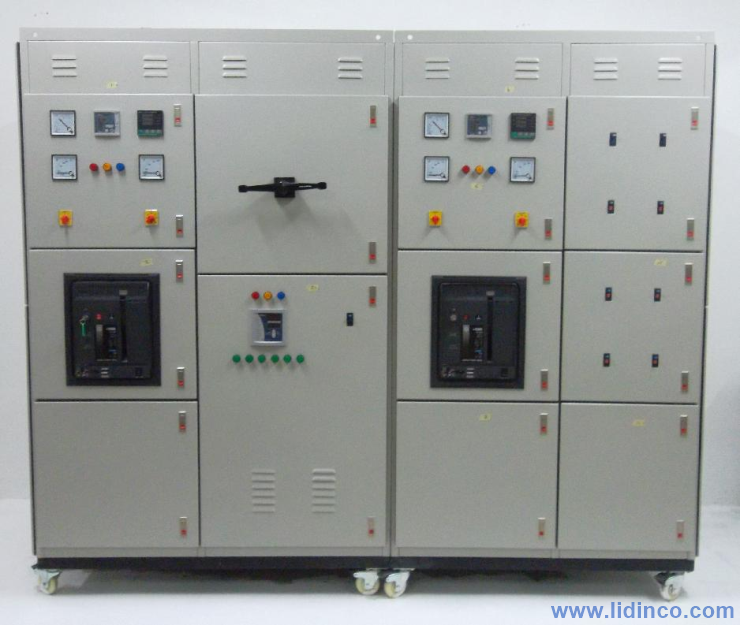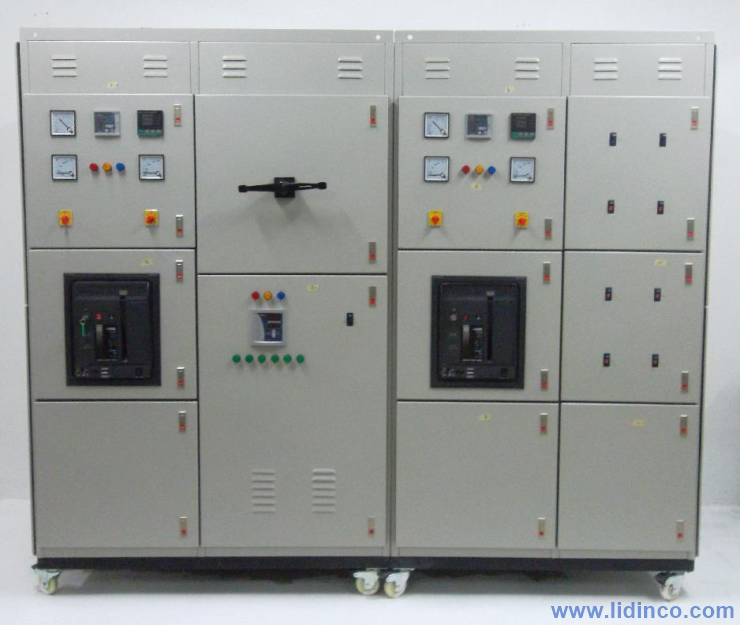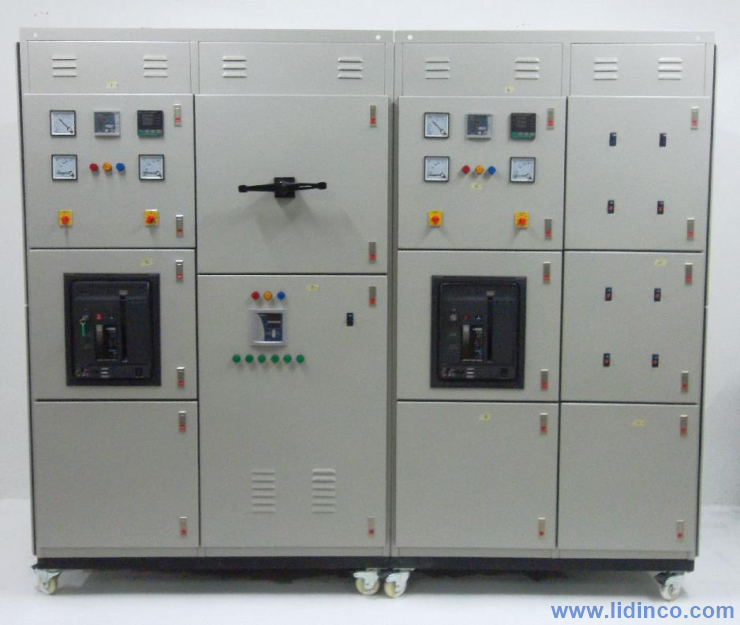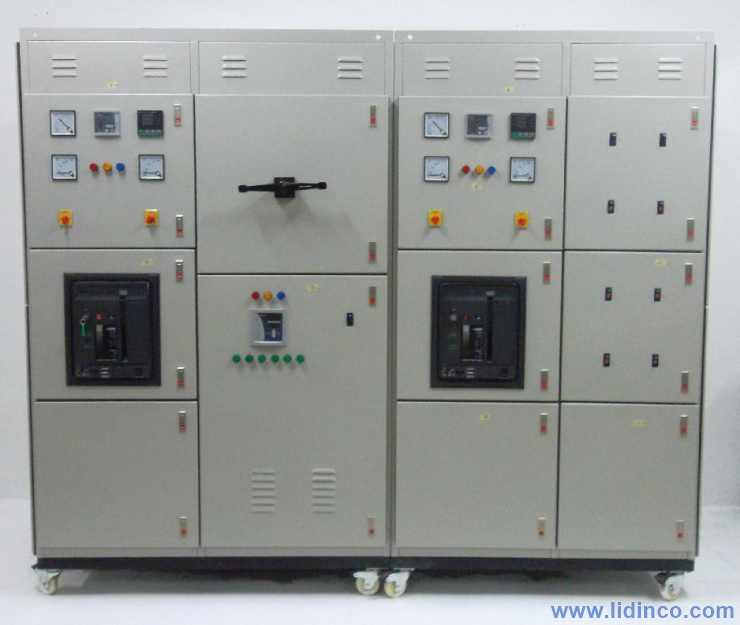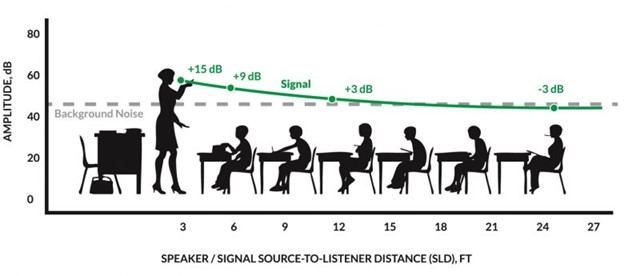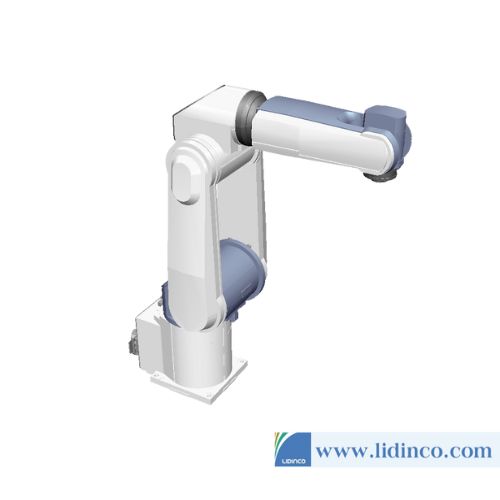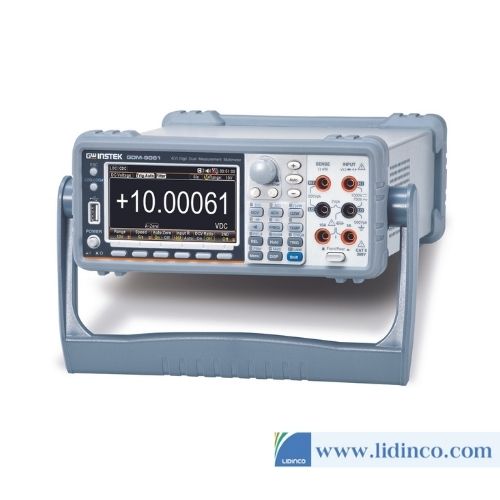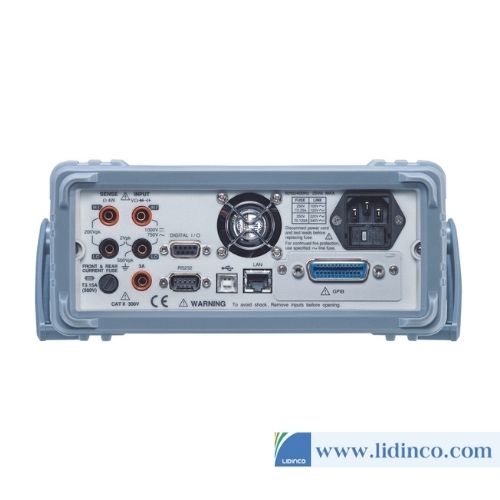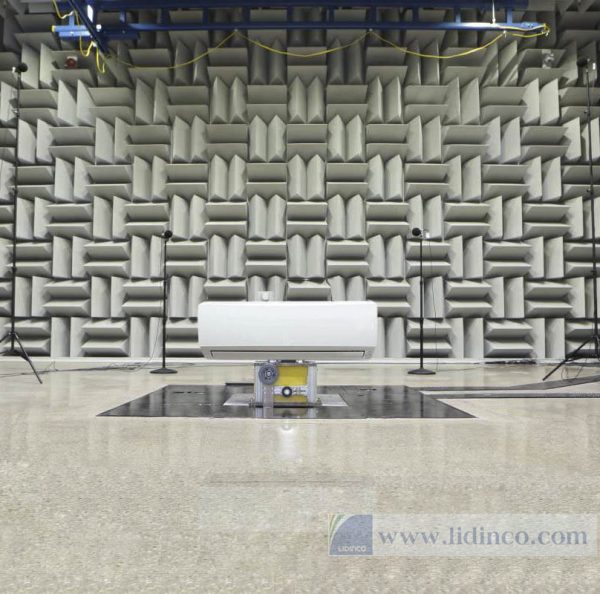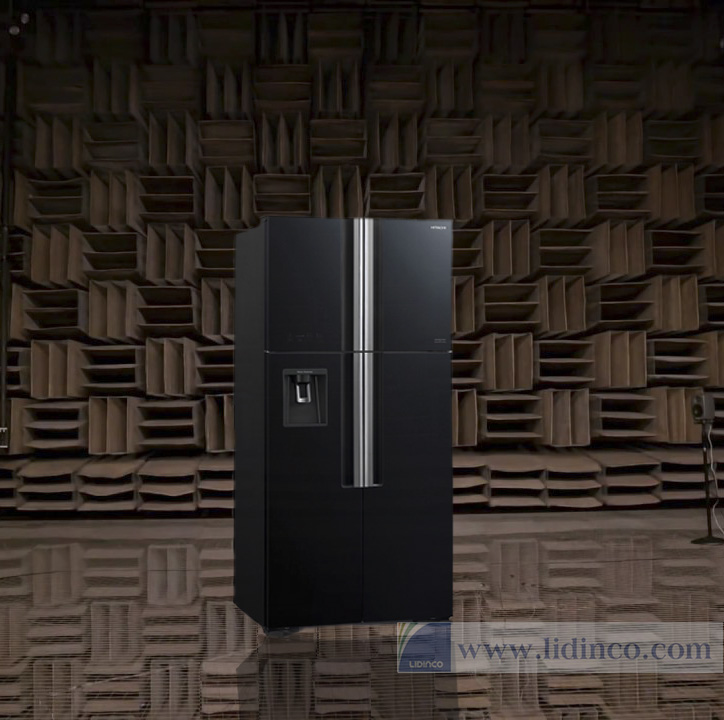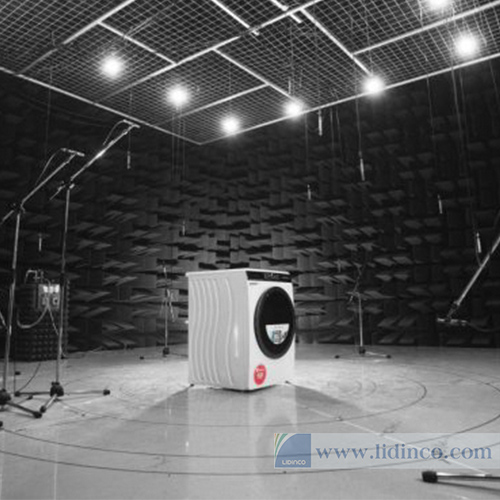Động cơ bước
- Đang có sẵn: Vui lòng liên hệ
- Tạm thời chưa có khuyến mãi cho sản phẩm này
Hotline: 0906.988.447
Liên hệ: Hồ Chí Minh
- Điện thoại: (028).3977.8269
- Email: sales@lidinco.com
- Địa chỉ: 487 Cộng Hòa, Phường Tân Bình, TP. Hồ Chí Minh, Việt Nam
Liên hệ: Bắc Ninh, Hà Nội
- Điện thoại: (0222).730.0180
- Email: bn@lidinco.com
- Địa chỉ: 184 Bình Than, Phường Võ Cường, Bắc Ninh, Việt Nam
-
 Tư vấn kĩ thuật
Miễn phí
Tư vấn kĩ thuật
Miễn phí
-
 Miễn phí vận chuyển
Đơn hàng trên 3 triệu
Miễn phí vận chuyển
Đơn hàng trên 3 triệu
Dữ liệu đang được cập nhật
Giới thiệu Động cơ bước
Cung cấp bộ thực hành động cơ bước. Các bài thực hành được sử dụng trên hệ thống bảng mô phỏng. Sử dụng thực hành điện cơ, điện tử
The experiments are carried using training panels in panel frames.
Mục tiêu
- Experiment set-up and wiring according to circuit diagrams
- Working with closed-loop control systems
- Optimisation of servo systems
- Use of computer-controlled measuring interfaces
Stepper motors are a special variety of synchronous motor with a large number of pole pairs. The rotor follows the stator field in steps, the size of which is determined by the number of poles. With normal loading, the angular position of the rotor can be determined precisely. If overloaded, however, step losses arise and information about the current position of the rotor is lost. Stepper motors can be wired to operate in both half-step and full-step modes. Due to their discontinuous operation, stepper motors are the ideal drive systems for digital servo systems.
The equipment set incorporates student experiments which can be carried out in a laboratory safely using safety extra-low voltage. Experiment instructions are contained in a manual in either printed or digital form.
The target group is made up of commercial apprentices and students of power engineering and mechatronics. The course offers introductory experiments at an intermediate level for vocational schools and colleges.
Chủ đề:
- Operation of a simple stepper motor: half-step, full-step
- Design of a stepper motor: function, step angle
- Control methods for bipolar and unipolar stepper motors
- Control program for full and half steps using a unipolar stepper motor
- Control logic with external control
- Dynamic response
- Time constants of the windings
- Rate of rise in current as a function of the clocking frequency
- Starting/stopping regions: start frequencies
- Mechanical resonances: effect of load coupling
- Response as a function of clock frequency
Phụ kiện

-
Dải đo dòng điện:
-
Dải đo điện áp:
-
Chữ số hiển thị:
-
Độ chính xác:
Đồng hồ vạn năng GW Instek GDM-9060
Vui lòng đăng nhập để viết đánh giá!



